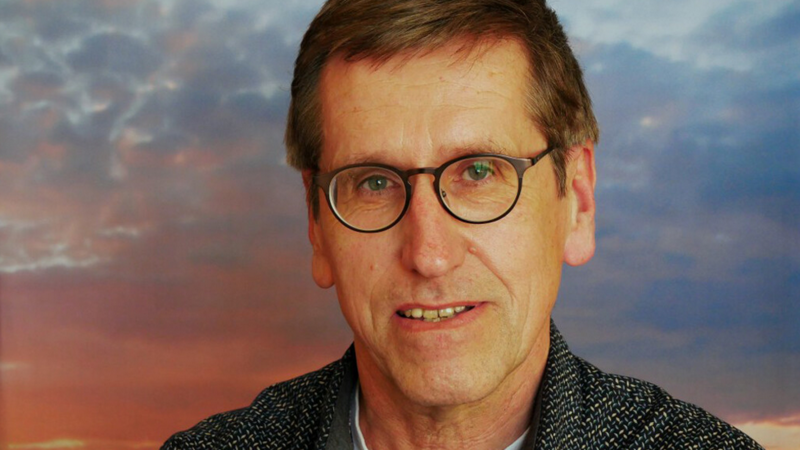ITB Interview: "Wadden Sea – UNESCO World Heritage on our doorstep"

+++ Article featured at the ITB News +++
The Wadden Sea is the largest tidal flats system in the world, where natural processes proceed largely undisturbed. It extends along the coasts of Denmark, Germany and the Netherlands. We asked Dr Harald Marencic, Deputy Executive Secretary, Wadden Sea World Heritage, to tell us why this place is so special.
For its globally unique geological and ecological values, the Wadden Sea is inscribed on the UNESCO “World Heritage” list. Nowhere else in the world can one find such a coherent unbroken sand- and mudflat system. It is a dynamic landscape with a multitude of habitats, shaped by wind and tides. Global biodiversity is reliant on the Wadden Sea, most obvious for birds, and species living there must adapt to ever-changing weather conditions.
How is it possible to combine environment protection and tourism growth? How do you work to reach a balance between both?
It seems contradictory, but we try to show that it is possible to protect natural resources and develop sustainable tourism. Growth must be sustainable, which means we strive for quality and not for quantity. Wadden Sea nature is extremely fragile, and we work hard for the protection of the area. The Wadden Sea generates 55 million overnights per year with the summer being a real challenge as capacities are full. We are now pushing to attract visitors in spring and autumn, at a time where migratory birds settle. This provides an opportunity to create educational packages around winged migrations.
Could you tell more about the PROWAD Link Project? What is the time frame? Which countries are involved, and how does cooperation work?
The PROWAD Link Interreg Project aims to unlock the potential of natural areas as a driver for jobs and sustainable development. We particularly work with small and medium sized enterprises to enable them to integrate the Wadden Sea brand in their business model creating benefits for both SMEs and the nature. Partners in Denmark, Germany, the Netherlands, Norway and the United Kingdom work with selected SMEs around a “nature-business-benefit-cycle” concept. The programme officially ends next year, but we are already working on a structure to take over the task.
What are first steps have been made by PROWAD Link in the tourism field? Any concrete examples?
The core of the PROWAD Link project is to demonstrate that nature protection creates opportunities for businesses under the motto ” Protect and prosper”. In a co-creation approach, we have elope sustainable offers and provide training to SMEs and tour guides, for example on how to better communicate about migratory birds, and how to to develop new activities around birds. In the National Park partner programmes packages were developed with SMEs such as a “migratory birds dinner” where experts talk about the birds and propose their observations.
Did the Covid-19 crisis change your approach to the project?
Covid-19 forced us to rethink the way business can be prepared in a crisis and how to adapt to it and become more resilient. We campaigned towards SMEs about resilience to the crisis and how to adapt with online activities. We have also been training the trade to handle new tourists coming to the Wadden Sea. We now see many first-time visitors, people who would have gone on a sun holiday before, but opted instead for a neighbouring destination. There is a need to educate them on good practices when visiting the area so that they can feel at home in nature.
What are you presenting at this year’s ITB Berlin NOW?
We present example how SMEs can benefit from nature protection and to unlock nature as driver for sustainable development. In our panel discussions at the ITB Convention, we address how nature heritage sites can be powerful destinations and models for “Protect and Prosper”.
